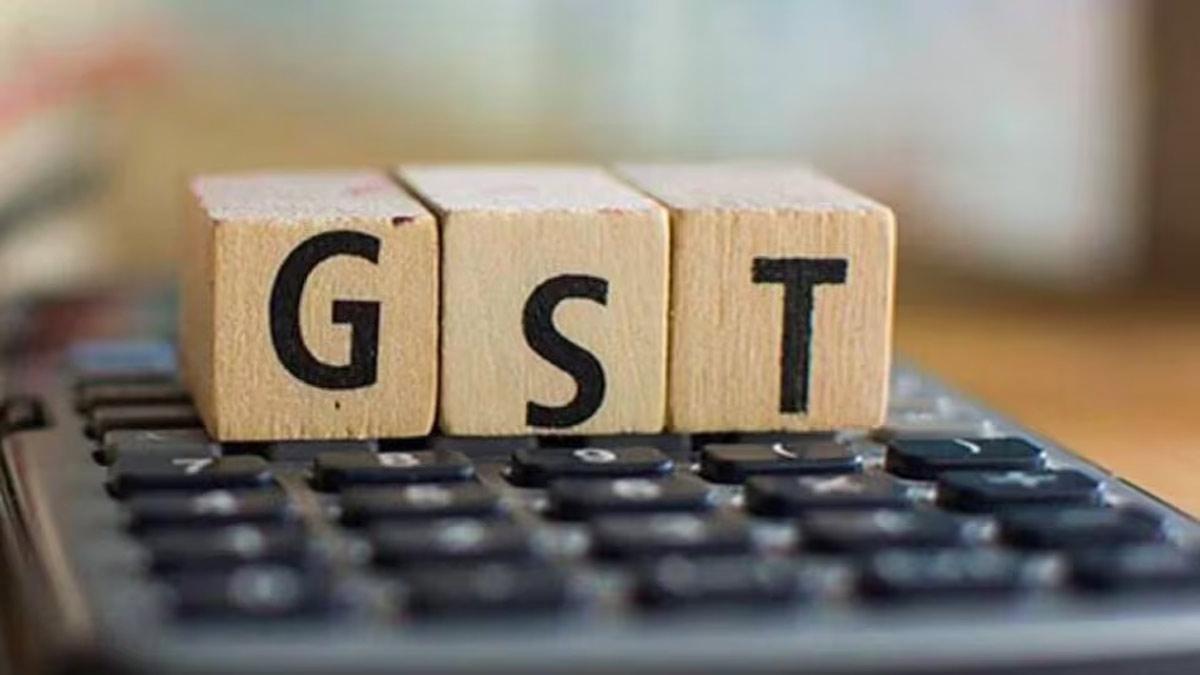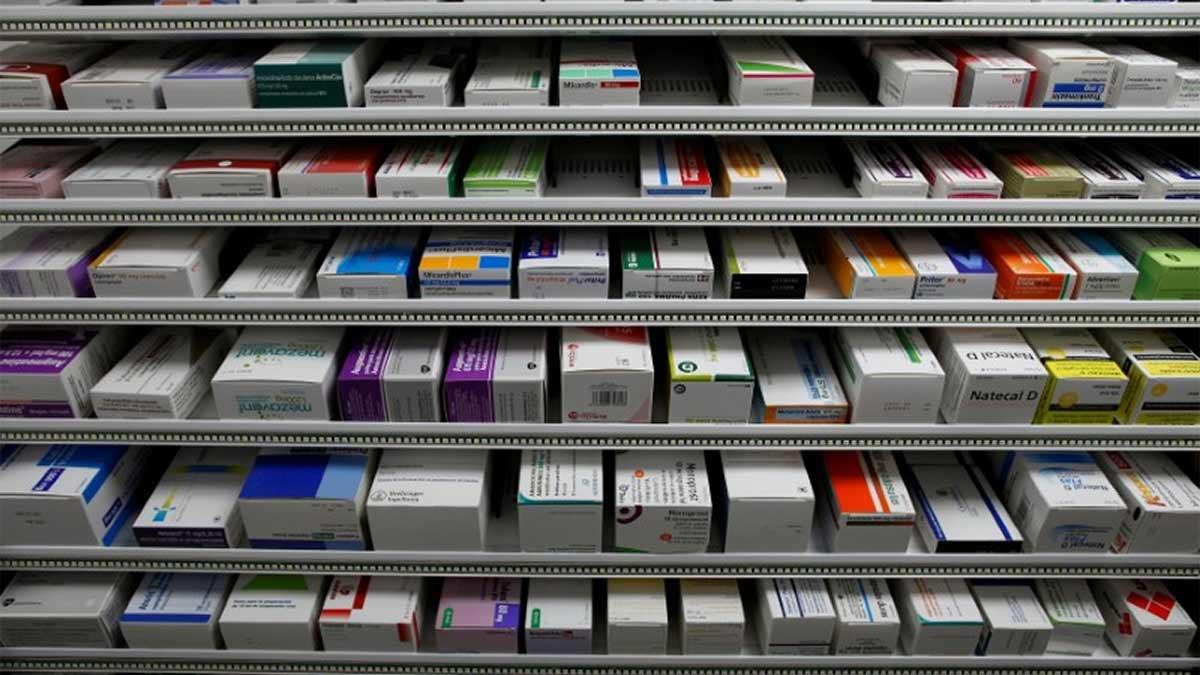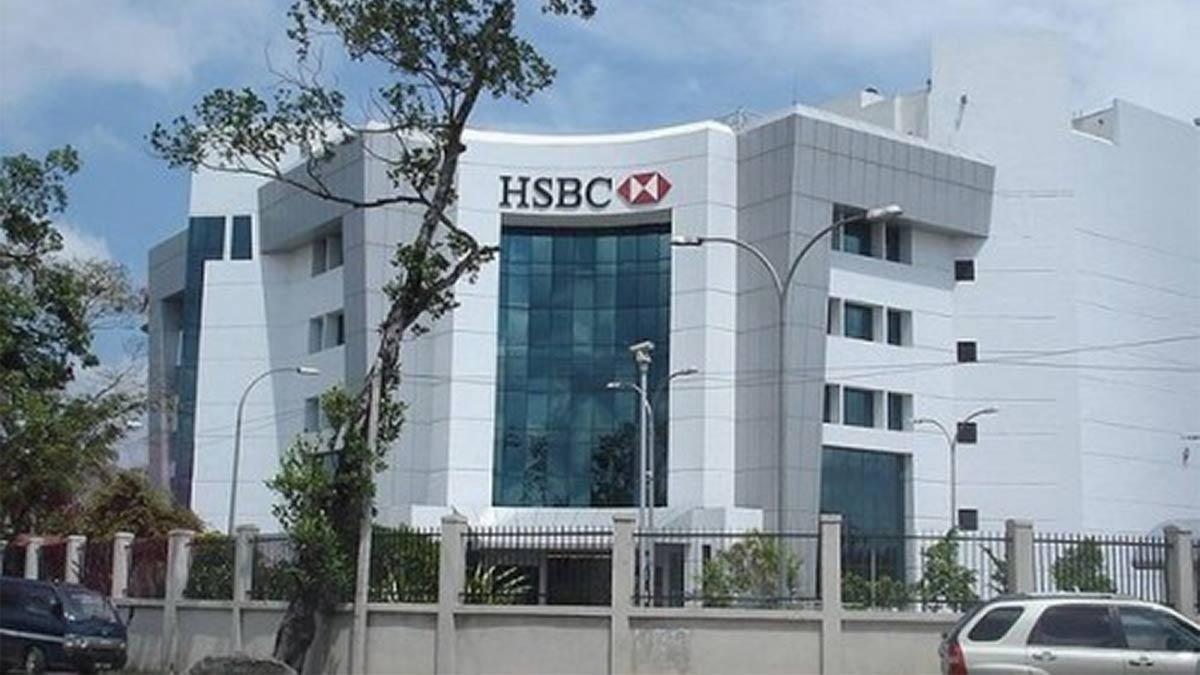India's fiscal deficit for the first 8 months from April to November of the current financial year is estimated at Rs 8.47 lakh crore which works out to 52.5 per cent of the estimate for the financial year, according to official data released on Tuesday.
This reflects a strong macroeconomic financial position as the fiscal deficit is well under control with the government sticking to the consolidation path.
Net tax receipts for the first eight months of the current financial year were at Rs 14.43 lakh crore, or 56 per cent of the annual target, up from Rs 14.36 lakh crore for the same period last year, the data showed.
Total government expenditure for the eight months was Rs 27.41lakh crore which constitutes 57 per cent of the annual target fixed in the Union Budget. The government spent Rs 26.52 lakh crore in the same period last year.
The government had promised to achieve the fiscal deficit of 4.9% of gross domestic product (GDP) of the current fiscal from 5.6 % in 2023-24. The aim of the Centre is to have a fiscal deficit at Rs 16.13 lakh crore this fiscal.
India's net direct tax collections, which include corporate tax and personal income tax, rose by a strong 15.4% to Rs 12.1 lakh crore from April 1 to November 10 during the current financial year, the Central Board of Direct Taxes (CBDT) said in its latest figures.
In a similar vein, GST collections have seen robust growth due to the increasing economic activity.
The buoyancy in tax collections pushes more funds to the coffers of the government to invest into large infrastructure projects to accelerate the growth in economic activities and step up welfare measures for the disadvantaged. It is also helping check the fiscal deficit and fortifies the macrofundamentals of the economy.
A lower fiscal deficit means the government has to borrow less, which leaves more money in the banking system for big companies to borrow and invest. This, in turn, leads to a higher economic growth rate and the creation of more jobs. Besides, a low fiscal deficit keeps the inflation rate in check, which strengthens the fundamentals of the economy and ensures growth with stability.
Read also| NSE's Market Cap Rises by 21% to ₹438 Lakh Crore in 2024
Read also| India's CAD Stable, Foreign Financial Inflows Increase: Crisil Report


















